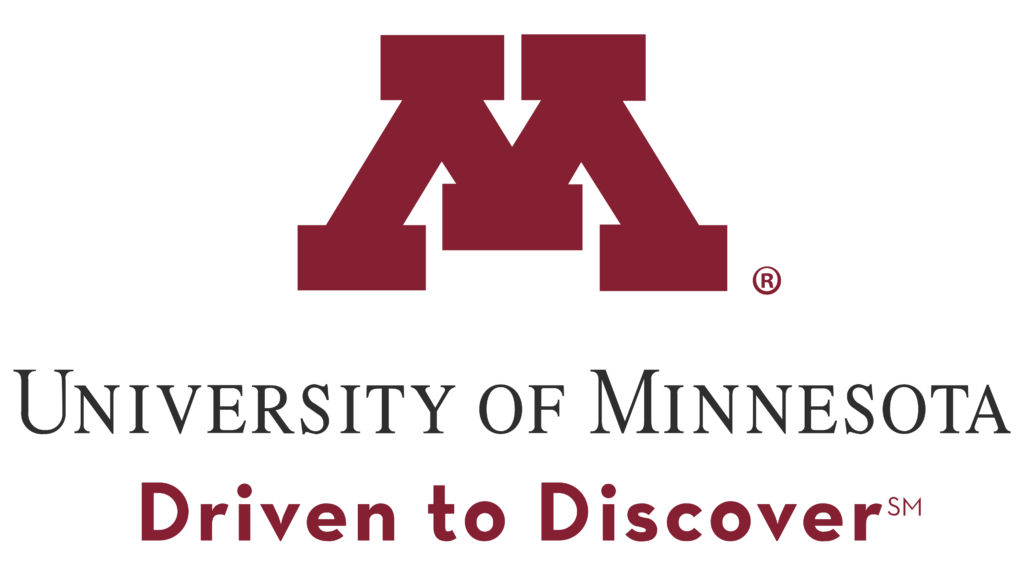
The University of Minnesota Twin Cities (UMN Twin Cities) stands as a cornerstone of higher education in Minnesota and a prominent public research university in the United States. As the flagship campus of the University of Minnesota System, it is the state’s only land-grant university and ranks among the nation’s top public research institutions. Located in the vibrant metropolitan area of Minneapolis and St. Paul, the campus spans both banks of the Mississippi River, offering a unique blend of urban energy and natural beauty. This essay explores the history, academic offerings, research contributions, student life, and cultural significance of UMN Twin Cities, highlighting its role as a hub of innovation and community engagement.
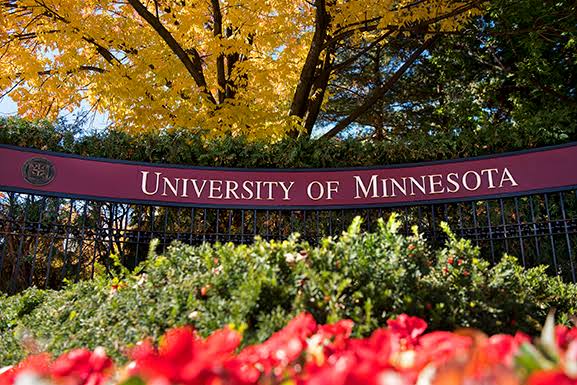
History and Foundation
The University of Minnesota was established in 1851 as a preparatory school, seven years before Minnesota achieved statehood in 1858. This early founding reflects its deep roots in the region’s development, predating the state itself. Initially struggling with funding and enrollment, the institution closed temporarily during the American Civil War but reopened in 1867 after receiving land-grant status through the Morrill Act of 1862. This designation provided federal land to support agricultural and mechanical education, shaping the university’s mission to serve the public good. Reorganized as a university in 1869, UMN Twin Cities expanded its academic scope over the decades, introducing programs in medicine and law by 1888. Key milestones include the graduation of its first students in 1873 and the conferral of its first Ph.D. in 1888, marking its evolution into a comprehensive academic institution.

The university’s growth was bolstered by significant contributions from figures like John S. Pillsbury, a flour miller whose 1876 donation is credited with saving the institution during a financial crisis. Known as the “Father of the University,” his legacy is honored in the naming of Pillsbury Hall. Over time, UMN Twin Cities became the largest and oldest campus in the University of Minnesota System, which also includes campuses in Duluth, Morris, Crookston, and Rochester.

Academic Excellence and Programs
UMN Twin Cities is renowned for its academic rigor and breadth, offering over 150 bachelor’s degrees, 200 master’s degrees, and 100 doctoral degrees across 19 colleges and schools. With a total enrollment of approximately 54,890 students as of the 2023–24 academic year, it boasts the ninth-largest main campus student body in the United States. The university’s undergraduate enrollment alone stands at 39,556 (fall 2023), reflecting its significant scale. Its academic programs are housed in a diverse array of colleges, including the Carlson School of Management, the College of Education and Human Development, and the Law School, all of which are highly ranked nationally.
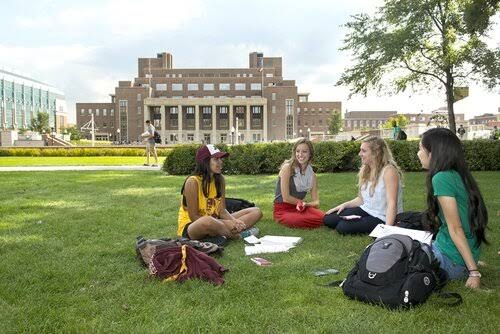
The university is particularly noted for its programs in chemical engineering, mechanical engineering, forestry, applied mathematics, management information systems, pharmacy, public health, geography, economics, psychology, education, and health services administration. Students benefit from a collaborative environment and access to world-class faculty, with opportunities for interdisciplinary study in fields like geospatial science and chemistry. A unique feature is the Four-Year Graduation Plan, which ensures course availability for undergraduates to complete their degrees on time, with the university covering additional credits if necessary. Furthermore, UMN Twin Cities emphasizes undergraduate research, with some incoming students guaranteed research opportunities upon acceptance and paid for their contributions.

The university also offers robust global education programs, with over 4,000 students participating annually in study abroad opportunities across more than 180 programs in 50+ countries. This commitment to international engagement broadens students’ perspectives and prepares them for global challenges.

Research and Innovation
As a leading public research university, UMN Twin Cities is classified among “R1: Doctoral Universities – Very high research activity” and is a member of the Association of American Universities. It ranks among the top three public research universities in the nation and 22nd among American universities for research and development expenditures, with $1.202 billion invested in 2022 according to the National Science Foundation. The campus hosts over 140 research facilities and a library system with approximately 5.5 million volumes, supporting groundbreaking work across disciplines.

Research at UMN Twin Cities is deeply integrated into the student experience, with opportunities for undergraduates to collaborate with leading faculty in all majors. The university’s contributions span fields like medicine, engineering, and natural resources, with notable facilities dedicated to biochemistry, toxicology, and neurocommunication.
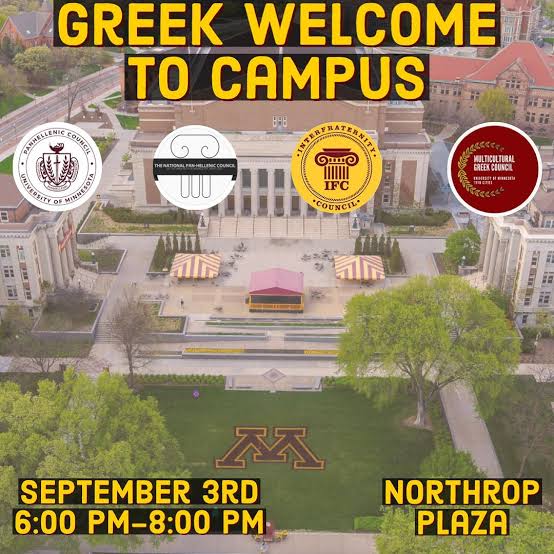
Its medical research is particularly distinguished, with historical ties to the Mayo Foundation for Medical Education and Research in Rochester, established in 1915 as part of the university’s graduate school. This legacy underscores UMN Twin Cities’ role in advancing knowledge that addresses societal needs.
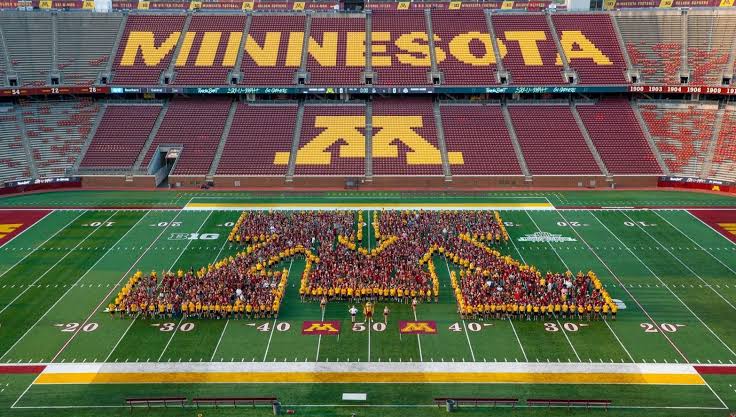
Campus and Location
Spanning 1,204 acres across Minneapolis and Falcon Heights (a suburb of St. Paul), the Twin Cities campus is uniquely positioned in a major metropolitan area with a population of over 2.5 million. Its urban setting offers access to exceptional career, cultural, and recreational opportunities, with the campus itself featuring miles of bike paths, numerous lakes, and the Mississippi National River and Recreation Area at its heart. The Twin Cities metro area is a hub for business, agribusiness, medicine, technology, media, and performing arts, hosting 18 Fortune 500 companies and all four major professional sports franchises (NFL, NBA, NHL, MLB).
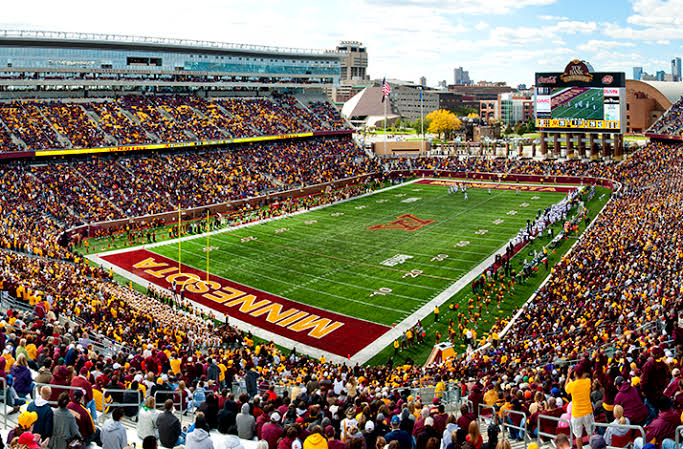
The campus environment is enriched by its proximity to cultural landmarks such as the Walker Art Center, the Minneapolis Sculpture Garden, the Guthrie Theater, and the Minneapolis Institute of Arts. With 130 art galleries and 35 museums in the region, students are immersed in a dynamic arts community. Minneapolis has earned accolades as the “Most Fun City in America,” the “Most Athletic City,” and the “Most Literate City,” enhancing the quality of life for students.
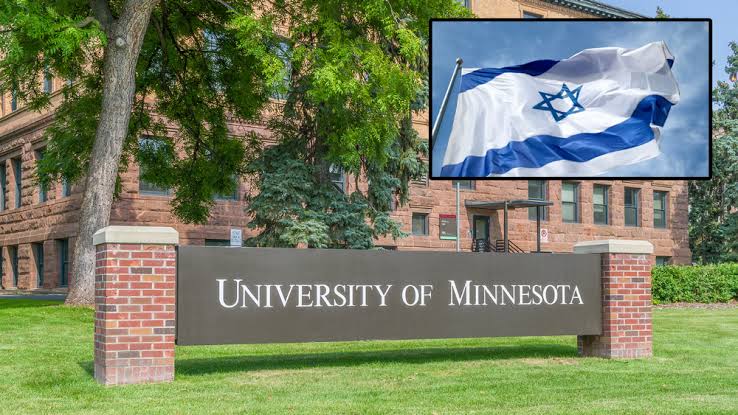
Student Life and Athletics
Student life at UMN Twin Cities is vibrant and diverse, with numerous student groups, recreational activities, and housing options fostering a strong sense of community. The campus offers state-of-the-art recreation and wellness facilities, supporting programs in intramural sports, outdoor recreation, and fitness. Students like Ayman Elhassan, a management information systems major, highlight the impact of student organizations such as the National Association of Black Accountants in building community and professional networks.
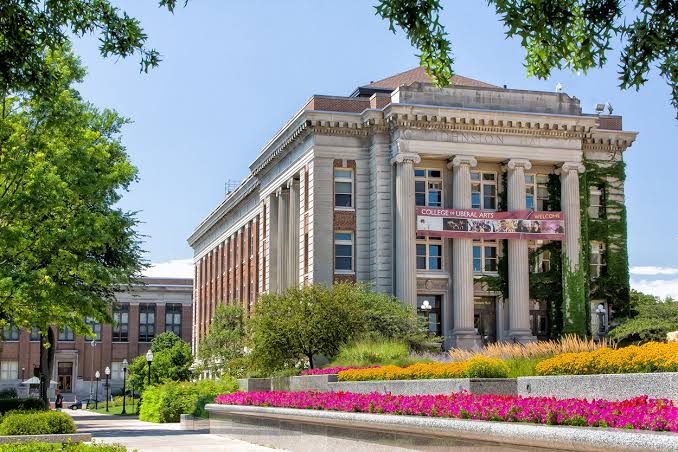
Athletically, UMN Twin Cities is home to the Minnesota Golden Gophers, competing in 21 intercollegiate sports within the NCAA Division I Big Ten Conference. The teams have secured 29 national championships, and university students and alumni have collectively won 90 Olympic medals as of March 2024. School spirit is palpable at events like football games, where students like Tabitha Forrey express pride in representing Minnesota. The university’s colors, maroon and gold, and mascot, Goldy Gopher, are iconic symbols of this spirited community.

Community Engagement and Outreach
True to its land-grant mission, UMN Twin Cities is committed to community-engaged outreach, partnering with communities across Minnesota to address pressing societal issues. Faculty, staff, and students apply their expertise to meet the needs of the state, nation, and world, embodying a vision of excellence through service. This dedication is evident in initiatives that tackle complex challenges, from public health to environmental sustainability, reinforcing the university’s role as a public good.

Notable Alumni and Legacy
UMN Twin Cities has produced a distinguished roster of alumni, including former U.S. Vice Presidents Hubert Humphrey and Walter Mondale, pianist Yanni, and journalist Rick Sanchez. Additionally, 25 Nobel laureates are associated with the university, underscoring its global impact. These achievements reflect the institution’s enduring legacy of fostering leaders and innovators.

Conclusion
The University of Minnesota Twin Cities is a powerhouse of education, research, and community engagement, rooted in a history that predates Minnesota’s statehood. Its comprehensive academic programs, cutting-edge research, vibrant campus life, and strategic urban location make it a top destination for students and scholars alike. As it continues to uphold its land-grant mission, UMN Twin Cities remains a vital force in shaping the future of Minnesota and beyond, blending tradition with innovation to address the world’s most pressing challenges.